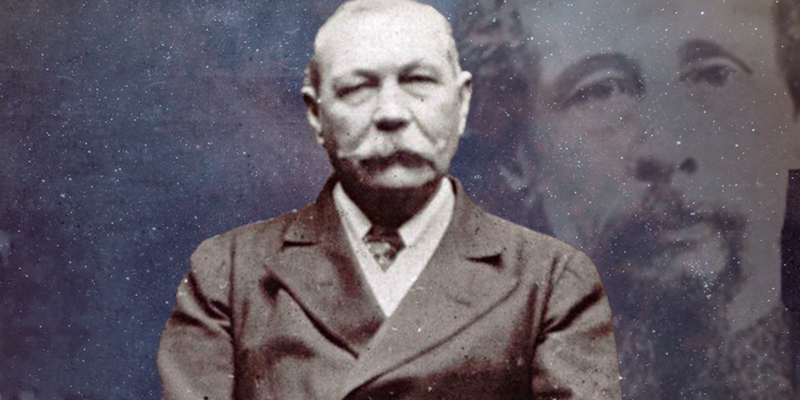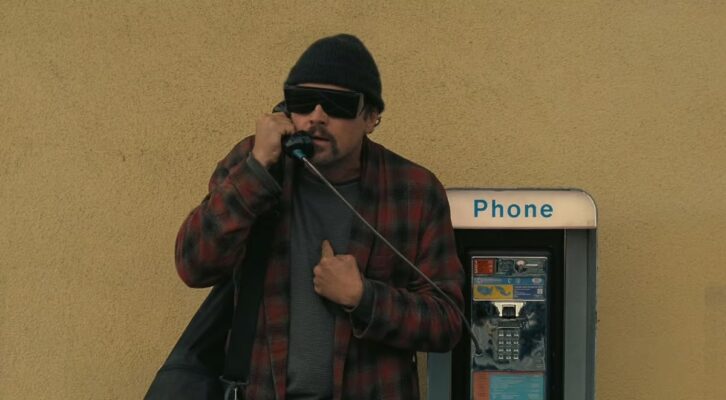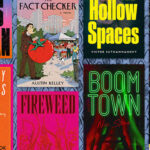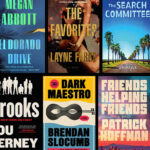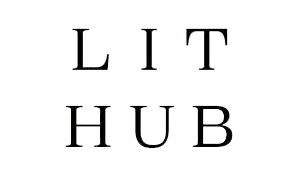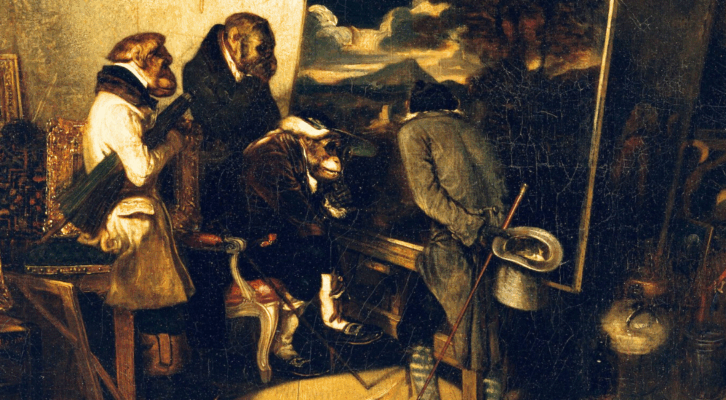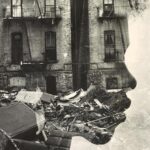This is an excerpt from the transcript of a talk that was given, by Dr. Olivia Rutigliano, at the Red Circle of Washington D.C. (a Sherlock Holmes society), on March 8th, 2025.
This talk starts with a story that I learned from Daniel Stashower’s meticulously chronicled, Edgar-award-winning biography of Arthur Conan Doyle, Teller of Tales.
On Saturday, July 12th, 1930, at least six thousand people assembled in London’s Royal Albert Hall to hear Arthur Conan Doyle speak. It was to be a momentous evening of never-before-seen revelations, and the building was packed beyond capacity, with guests standing and crammed into extra seats. A row of six chairs had been laid out onstage, with five reserved for the Conan Doyle family: Arthur’s wife, Lady Jean Conan Doyle, his sons Denis and Adrian, and his daughters Jean and Mary. One chair remained, for the man himself—empty and reserved with a sign.
After several of Conan Doyle’s colleagues made introductory remarks, the evening’s hostess, Mrs. Estelle Roberts, stood and spoke to the crowd, explaining details about the conversation she would soon moderate with Conan Doyle himself, once he arrived onstage. But this was no ordinary speaking engagement. Mrs. Roberts was a medium. Conan Doyle had died five days before. And, in front of all these people—at least six thousand, perhaps as many as ten thousand, according to some contemporary reports—she was going to attempt to contact him from beyond the grave.
Conan Doyle and his wife had planned the event themselves before his passing. For the last fourteen years of his life, he had devoted most of his time and energy towards proselytizing on behalf of the spiritualist movement. Spiritualism was the fringe occult phenomenon that had taken hold of later-day Victorians, advancing the notion that a spirt world that was coexisted with the real one, as well as developing methods of attempting to communicate with that world.
Although Doyle had been interested in the occult sciences for much of his adult life, his wholehearted commitment to this phenomenon correlates to the premature death of his own son in 1918. Many of you know the contradiction of Doyle’s existence, the double-bind within him of science and… shall we call it faith?… He was an overeducated surgeon who achieved a medical doctorate at a time when it was not required by the profession to do so, and the creator of the most rational detectives of all time. And yet, he spent his later years determined to advance a fringe pseudoscience.
For a time, in the 1920s, Doyle’s preferred tactic to help legitimize spiritualism involved relying on spectacle, and coopting the reputations of various showmen. As I’ve written elsewhere on this website (another historical detail gleaned from Stashower’s incredible biography), Conan Doyle had been engaged in a longstanding debate with Harry Houdini about the veracity of spiritualism (with Houdini deploying his knowledge of illusions and tricks to debunk examples of otherworldly intrusion that Conan Doyle believed were real), and in the spring of 1922, Houdini invited Conan Doyle to the Annual Banquet of the Society of American Magicians, scheduled for June 2nd at the McAlpin Hotel in New York City’s Herald Square, to settle the matter. There, Doyle attempted to surprise and astonish the magicians in question, by projecting images of clay models of dinosaurs, captured in stop-motion by Wills O’Brien for the film adaptation of Conan Doyle’s prehistoric time-travel novel The Lost World. But the magicians did not know that. They were utterly bewildered.
On September 4th, 1927, Arthur Conan Doyle stood in front of an audience at Grotrian Hall (grow-tree-an), in London, defending the Spiritualism yet again—this time by relaying a conversation he witnessed between a medium… and Charles Dickens.
Doyle claimed that the medium had relayed the phrase—spelled out backwards, “Boz is Buzzing About.” “Boz” was the moniker that Dickens used in his early writings. The medium then asked Dickens about his manuscript, The Mystery of Edwin Drood, which he left uncompleted upon his sudden death of a stroke in 1870. The Medium asked “was Edwin Drood dead?” and then reported that the spirit of Charles Dickens responded, “No, he was not. I was sorry to go across before I got him out of his troubles. The poor chap had a hard time.”
Then, the ghost of Charles Dickens was asked about an 1873 version of Edwin Drood, which was assembled by an American printer named Thomas Power James, who had claimed that the spirit of Charles Dickens had appeared to him and dictated the rest of the incomplete novel to him. The version he published was advertised as the full version of the novel. Arthur Conan Doyle had previously found credence in this claim, and endorsed this “ghostwritten” continuation, saying that Dickens’s style remained consistent throughout the story that James had transcribed.
So, evidently, when the ghost of Charles appeared to the medium and Doyle, they asked him if James’s version was legitimate. The medium reported that the spirit had said “Not by me. Wilkie C. (Collins) would have done it better. Edwin is alive, and Cris (the Rev. Crisparkle) is hiding him.”
This might seem another humorous interlude in Arthur Conan Doyle’s Adventures to Advance the Cause of Spiritualism—but I think that Doyle’s coopting the spirit of Charles Dickens wasn’t simply for any old celebrity endorsement, but that it has to do with Dickens’s known reputation as a showman. Doyle did not merely want any association… he wanted individuals associated with the spectacular.
Charles Dickens was Victorian London’s bestselling novelist and one of its most significant celebrities. But no matter how successful as a writer he became, had perpetual ambitions to be an actor, he was known as an incredible speaker and storyteller, an impressive lecturer and performer, whose readings of his own stories would sell out theaters time and time again. But Charles Dickens was even more than this. From about 1842 to 1852, Charles Dickens became very interested in magicians and amateur conjuring acts.
Dickens, who even had a magician alter-ego named Rhia Rhama Rhoos, did not simply want to present himself as an ordinary man doing tricks, but an ostentatious magical figure advertising an extraordinary nature, promising metaphysical re-calibration, and prompting amazement and wonderment rather than simple surprise.
And this is what Doyle did, as well, in attempting to legitimize spiritualism. Let us think for a moment about what Doyle did to convince the room full of magicians that there might be more in heaven and earth that might be dreamt in their philosophy: he attempted to mystify, to impress, to buffalo them, to inculcate in them a sense of wonder akin to the kind wonder they produce in others.
He wanted to convince the magicians that the magic he showed, with the stop-motion dinosaurs, was real, even though he knew it wasn’t. Just like a magician. His demonstration actually did nothing, literally, for spiritualism, because it was all fakery, all show. But that wasn’t the point. The point was, with all his spectacles, to accomplish what Dickens himself had discovered through his performances: the goal was to access and broaden the imaginations of the audience: to foster in an audience the suggestion and the possibility of magic.

